1. Snake Plant (Sansevieria trifasciata)

This plant’s like the introvert of the plant world—quiet, low-maintenance, and surprisingly effective. NASA’s Clean Air Study found it removes formaldehyde, benzene, trichloroethylene, xylene, and toluene from indoor air. It’s also one of the few plants that continues to produce oxygen at night. Ideal for beginners, it thrives in low light and requires minimal watering. Just be cautious if you have pets; it can be toxic to them.
2. Peace Lily (Spathiphyllum)
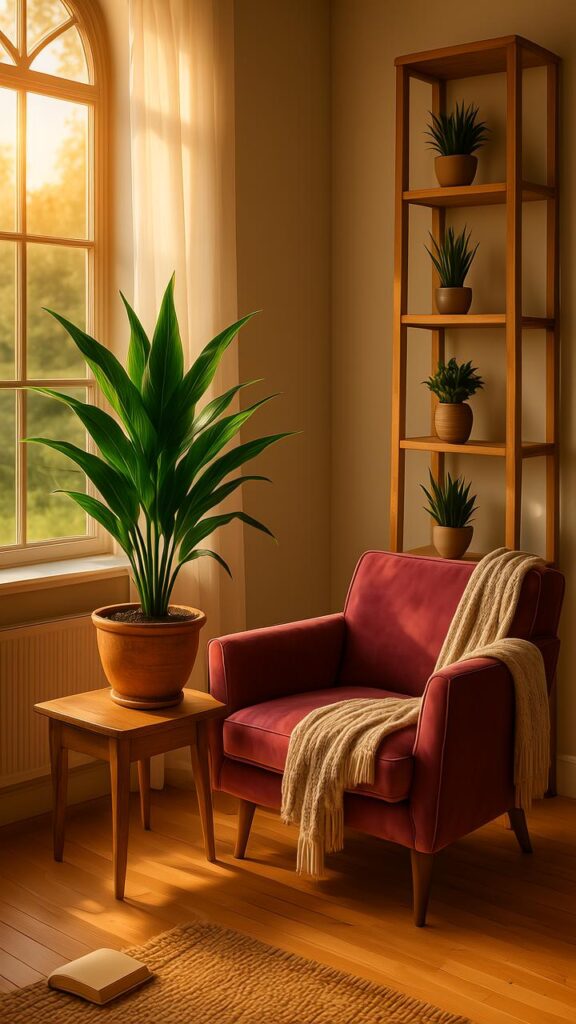
With its elegant white blooms and glossy green leaves, the Peace Lily is both beautiful and functional. NASA highlighted its ability to filter out benzene, formaldehyde, ammonia, and trichloroethylene. It also adds humidity to the air, which can be beneficial in dry indoor environments. Keep it in indirect light and water it regularly to maintain its health. However, note that it’s toxic to pets if ingested.
3. Bamboo Palm (Chamaedorea seifrizii)
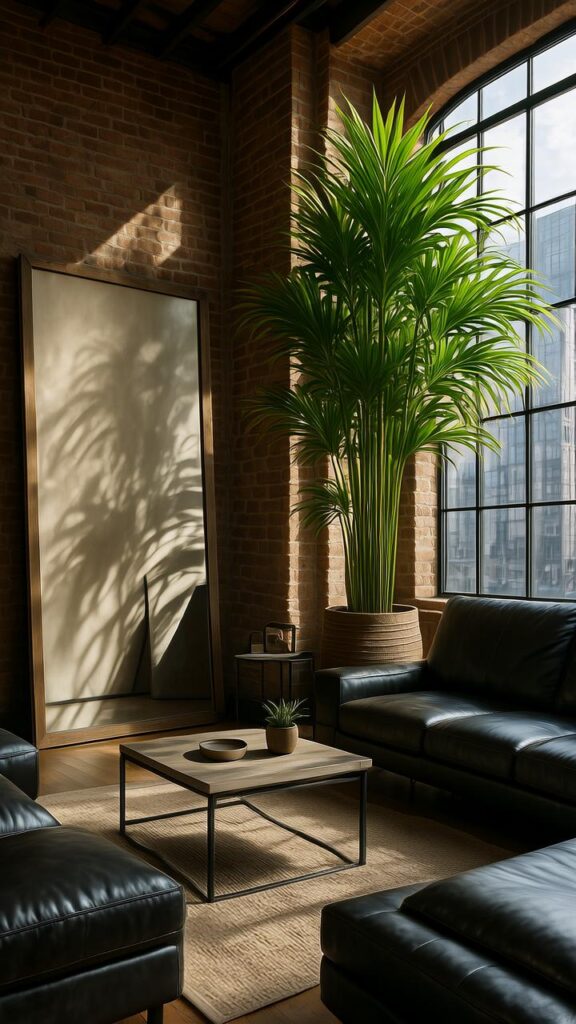
This palm brings a tropical vibe to your home while purifying the air. NASA’s study showed it effectively removes benzene, formaldehyde, and trichloroethylene. It’s also a natural humidifier, making it perfect for dry climates or air-conditioned spaces. Place it in a spot with indirect light and water it when the top inch of soil feels dry. It’s generally safe for pets.
4. English Ivy (Hedera helix)

English Ivy is a versatile plant that can be trained to grow along trellises or hang from baskets. NASA found it excels at removing benzene, formaldehyde, xylene, and toluene from indoor air. It thrives in moderate light and prefers slightly moist soil. Be aware that it can be invasive outdoors and may be toxic to pets if ingested.
5. Rubber Plant (Ficus elastica)

The Rubber Plant is known for its large, glossy leaves and upright growth habit. NASA’s research indicated it effectively removes formaldehyde from indoor air. It prefers bright, indirect light and well-draining soil. Water it when the top inch of soil is dry to the touch. Note that it can be toxic to pets if consumed.
6. Golden Pothos (Epipremnum aureum)

Golden Pothos is a hardy vine that can grow in a variety of conditions. NASA’s study highlighted its ability to remove formaldehyde, benzene, xylene, and toluene from indoor air. It’s easy to care for, tolerating low light and infrequent watering. However, it’s toxic to pets if ingested, so keep it out of their reach.
7. Spider Plant (Chlorophytum comosum)
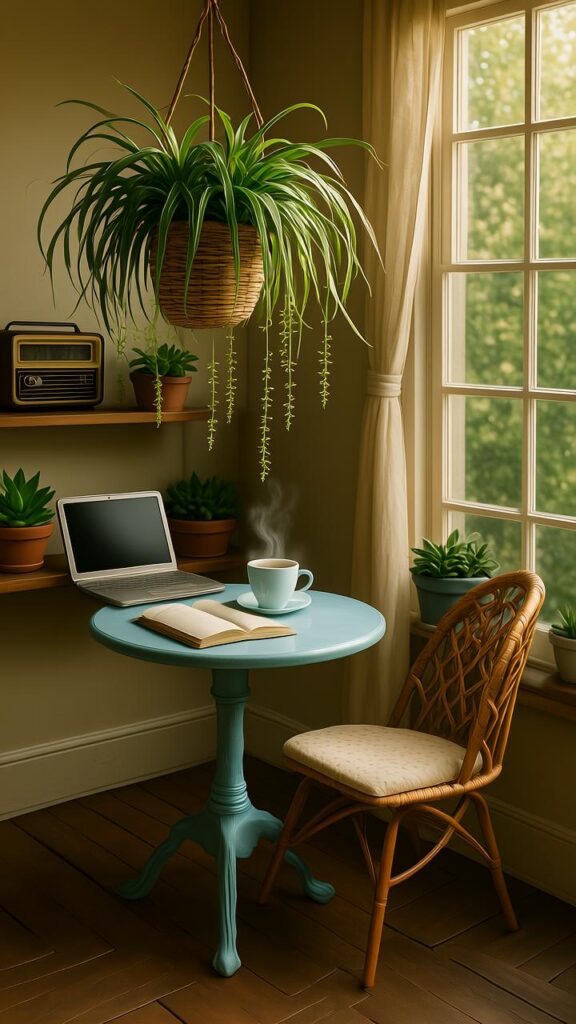
The Spider Plant is a popular choice for beginners due to its resilience and air-purifying qualities. NASA found it effective at removing formaldehyde and xylene from indoor air. It thrives in bright, indirect light and prefers to dry out between waterings. It’s non-toxic to pets, making it a safe choice for households with animals.
8. Areca Palm (Dypsis lutescens)
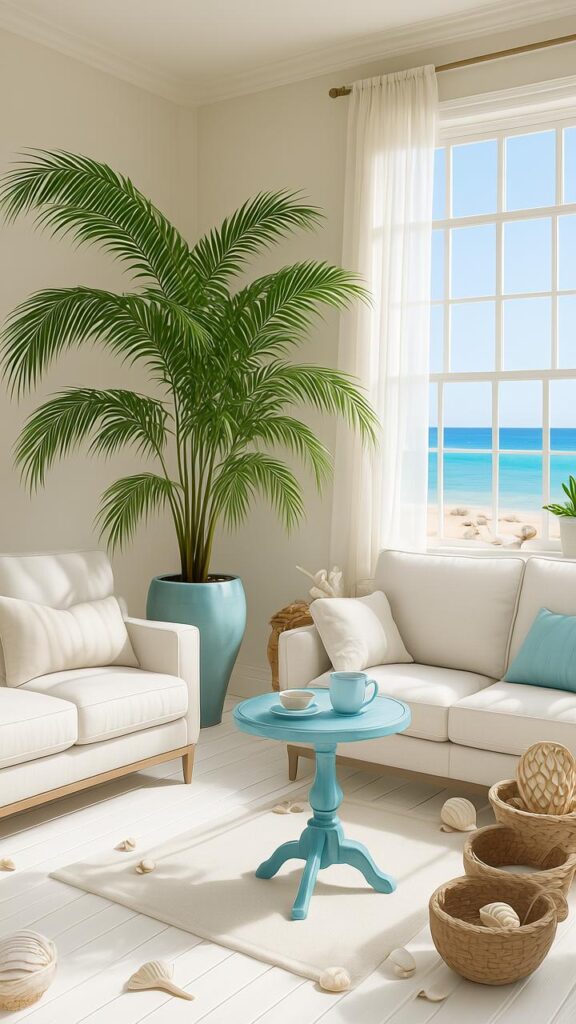
The Areca Palm, also known as the Butterfly Palm, is a graceful plant with feathery fronds. While not included in NASA’s Clean Air Study, it has been shown in other studies to remove carbon dioxide and add moisture to the air. It prefers bright, indirect light and regular watering. Keep it in a humid environment for optimal growth.
9. Boston Fern (Nephrolepis exaltata)
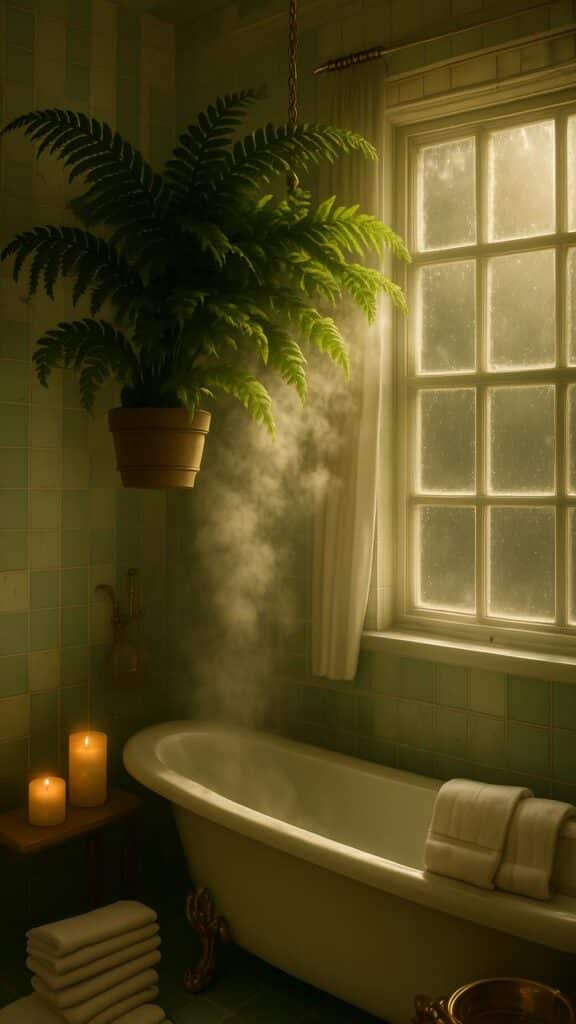
The Boston Fern is a lush, arching plant that adds a touch of greenery to any space. NASA’s research indicated it effectively removes formaldehyde and xylene from indoor air. It thrives in indirect light and high humidity, making it ideal for bathrooms or kitchens. Keep the soil consistently moist and mist the leaves regularly to maintain humidity.
10. Weeping Fig (Ficus benjamina)

The Weeping Fig is a popular indoor tree known for its graceful, drooping branches and glossy leaves. NASA found it effective at removing formaldehyde from indoor air. It prefers bright, indirect light and well-draining soil. Be aware that it can be sensitive to changes in its environment, leading to leaf drop if moved frequently.
Final Thoughts
Incorporating these air-purifying trees into your home not only enhances the aesthetic appeal but also contributes to a healthier indoor environment. While NASA’s Clean Air Study provided valuable insights into the air-purifying capabilities of certain plants, it’s important to note that real-world conditions may differ. Factors such as air circulation, plant size, and the number of plants in a space can influence their effectiveness. Nonetheless, these plants are a beautiful and natural way to improve indoor air quality.
Remember to consider your home’s lighting conditions, humidity levels, and whether you have pets when choosing the right plant for your space. With proper care, these plants can thrive and help create a cleaner, more beautiful home environment.
